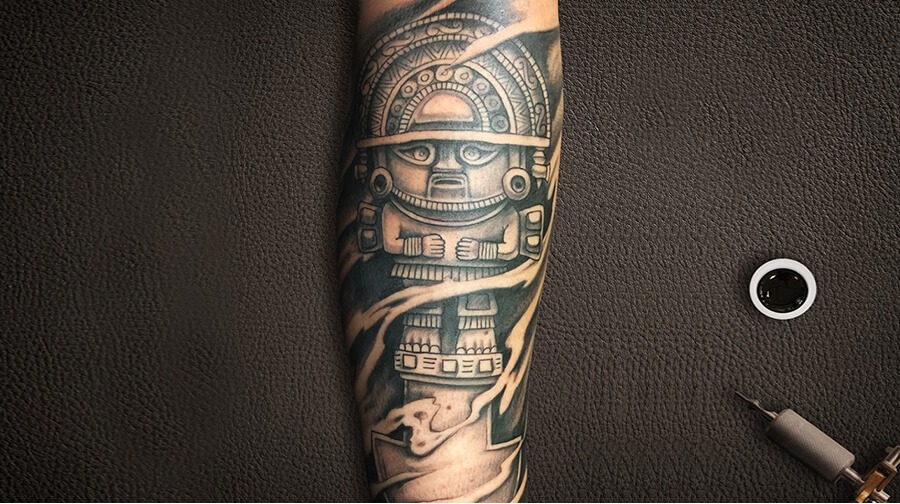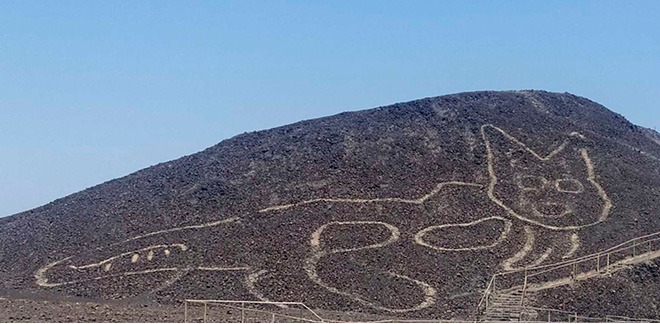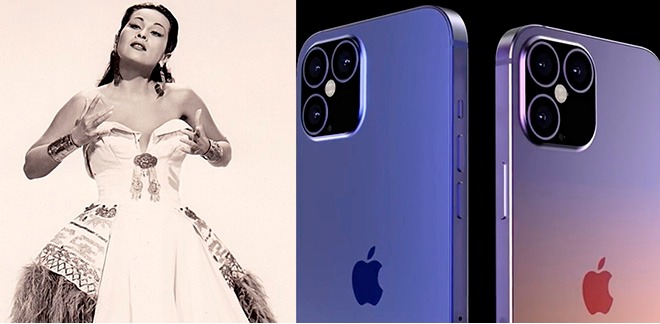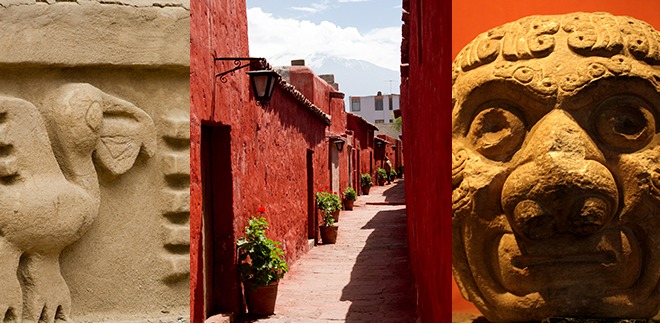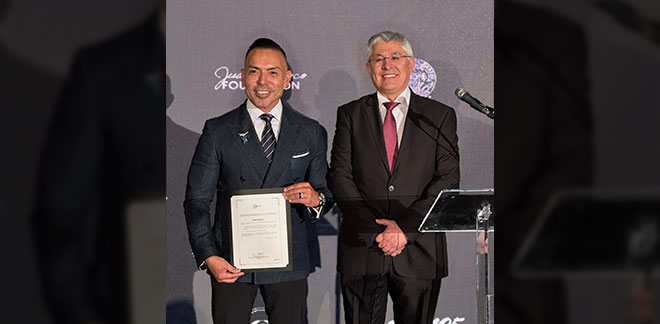Foreigners who decided to wear Peru as a tattoo
Síguenos en:Google News
A true tattoo paradise with geometric designs, fish, birds, feline faces and rhombuses. We are not talking about the catalog of a new tattoo studio – we are referring to the most recurrent drawings found on the skin of the mummies of a pre-Inca cemetery located near Huara, one hour from downtown Lima.
The now dried-up skin of the mummies still preserves the designs that describe, without words, the world view and customs of the native cultures. The practice of these procedures dates back to the 10th and 15th centuries, when in other parts of the world tattoos were beginning to move away from their negative conception to become artistic displays using the skin as their canvas.
After thousands of years this art is still practiced and more and more people are choosing to decorate their skin with a design that will accompany them forever. Our country is no exception, and although there are no exact statistics on how many people have tattoos or what the trends are, two renowned Peruvian artists tell us about the favorite tattoos among tourists who visit and fall in love with Peru, as well as the Peruvians who decided to wear the country on their skin.
When love is worn on the skin
In terms of foreign tourists' preferences, César Pinto, an artist with more than 10 years of tattooing experience, says that they live in awe of Peru thanks to all the things we have, "they ask me to do Machu Picchu, which is something they always want to take home with them."
According to Luis Velásquez, who owns Carnero Tattoo & Art Studio and has 17 years of experience in the world of tattooing, the tourists who visit our country like the main elements of our culture most: "Foreigners tattoo themselves with everything. I have tattooed everything from llamas to Inca crosses, as well as symbols of Nazca which are very common," says Velásquez, also known as 'carnero’ (ram).
World Cup fever
As for Peruvians, the most popular designs are to do with everything that fills people with national pride and this was ramped up when the Peruvian team qualified for the last World Cup.
"The preferences of our compatriots tend towards things with identity that demonstrate how proud we are of being Peruvian, such as the National Coat of Arms, the Nazca lines or cultural things about us," says César Pinto, who has been a tattoo artist for over 10 years.
For his part, Velásquez maintains that after we qualified for Russia 2018, coats of arms became the most requested design, both in color and in black and white. Thus, the vicuña, quinine tree and cornucopia moved from the flags to the skin of many Peruvians.
How do you feel when you do Peruvian tattoos?
Luis Velásquez: I feel a great happiness because by capturing the ideas of my clients, they can take a piece of Peru with them wherever they go.
César Pinto: it is a feeling that overwhelms my heart because capturing a memory and an emotion in a single image is such a big responsibility.
Which Peruvian tattoo did you like doing the most?
Luis Velásquez: a full-back tattoo of Machu Picchu with a condor. It was done on a young man who lived in the United States from a very young age. He returned to Peru for a short time and decided to get this tattoo on his back. He endured a seven-hour session and took something very Peruvian home with him.
César Pinto: a bottle of Inca Kola in the realism style. It was for a Peruvian who lives in Spain and wanted a souvenir of his childhood when he was happy drinking this soda which he could not get over there.
A bit of history
The oldest tattoo is believed to belong to a man who was about 45 years old and lived more than five thousand years ago, around 3,300 B.C. He was found on the border of Italy and Austria in the Alps. He had 70 tattoos, which were apparently performed in a way much like acupuncture.
Its name comes from the Samoan word 'tátau'. This language was spoken in Polynesia, one of the peoples with the most abundant tattoos. They used this practice on their limbs from a very young age, to the point of not leaving any part of the body without tattoos. The aim was to frighten enemies. The sailors who arrived in Polynesia spread this custom all over the world.
In ancient Egypt, tattoos were very common among women, while in Japan they began practicing this art in the 5th century B.C., as a symbol of the high social classes.
Did you know?
- In Peru, the Lady of Cao was a northern ruler who lived in the year 400 A.D. Considered a deity, she was found with images on her skin of snakes, spiders, crocodiles, monkeys, leopards, bees and butterflies.
Sources: RPP/ canalhistoria.es



